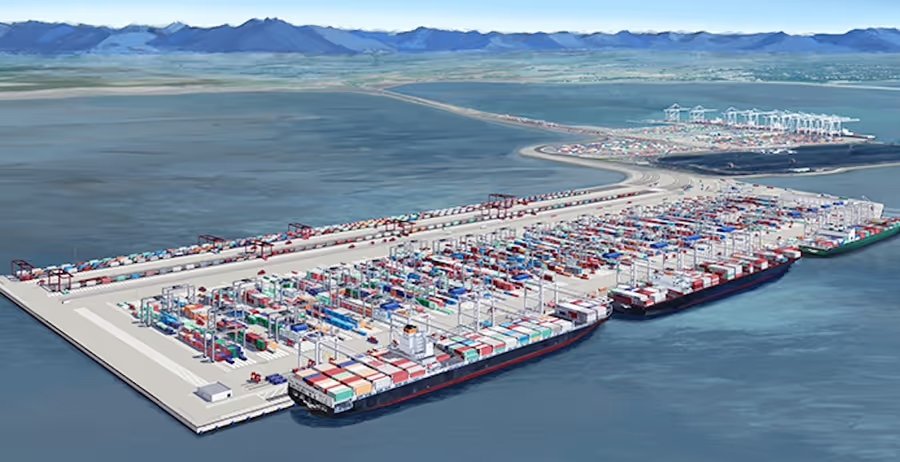Port of Vancouver completes full rollout of centralized vessel scheduling system
Share
Share

The Vancouver Fraser Port Authority has completed the final phase of its centralized scheduling system, expanding coverage to the Fraser River, Roberts Bank and the English Bay anchorage area and achieving full port-wide implementation.
The move marks a key milestone in the port authority’s Active Vessel Traffic Management Program and comes as Canada pushes to diversify markets and bolster supply chain resilience.
With full coverage now in place, the system will manage more than 3,000 annual port calls across 29 marine terminals, including about 800 deep-sea vessel calls in the Fraser River and at Roberts Bank, where more than $200 billion in trade moves each year.
“Today’s milestone shows what we can achieve when we bring technology and collaboration together to meet the moment for Canada’s supply chain,” said Sean Baxter, harbour master and director of marine operations at the Vancouver Fraser Port Authority.
Since its initial rollout in Burrard Inlet in late 2023, the system has improved cargo flow across the port. In 2024, it helped support a 56 per cent year-over-year increase in deep-sea vessel traffic through Second Narrows and enabled CN to boost the average weekly train count across the Second Narrows Rail Bridge by 10 per cent.
“The centralized scheduling system provides CN with critical visibility over vessels transiting—or scheduled to transit—under the Second Narrows Rail Bridge,” said Brad Butterwick, vice-president, transportation – western region, CN. “This enables us to anticipate when the bridge will need to be lifted for marine vessels and adjust train or vessel movements accordingly.”
Deep-sea pilots say the final implementation adds an essential view into one of the port’s most challenging operating zones.
“The Fraser River presents unique navigational challenges, from confined waters to changing river flow conditions,” said Captain Gord Cooper, chair of the Fraser River Pilots Committee. “The centralized scheduling system adds an important layer of visibility that supports safer and more predictable deep-sea vessel transits.”
The port authority says more than 450 registered users now have access to the system, allowing partners across the supply chain to better plan and coordinate cargo and passenger movements through Canada’s largest port.
Leave a Reply